There’s too much to choose from—it can’t all be wrangled into one magazine. But just because we can, we’re honoring the Forty Acres with a starter list, of sorts—40 of our all-time favorite bragging points about our alma mater. So the next time you find yourself across the dinner table from your Aggie cousin, who asks you, for the 800th time, “What’s so great about UT?” you can reach for this handy reference. You’re welcome.
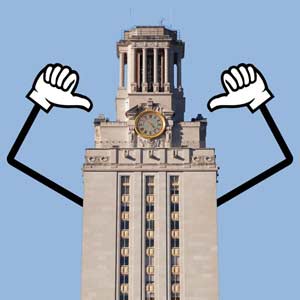
 Edmon de Haro
Edmon de Haro
OK; just a little more. For every Longhorn out there, the UT Tower serves as a burnt-orange beacon of pride. It’s where every raised hook ’em faces during “The Eyes of Texas” and it’s where alumni and students are reminded “Ye shall know the Truth and the Truth shall make you free.” And with nearly every major cause for celebration, the university lights the Tower, illuminating campus with school spirit. Fun fact: The Tower, which is 307 feet tall, stands 2 feet taller than the Texas Capitol. Though the Capitol is actually 4 feet taller, the Tower just happens to be built on an elevated piece of land.
Last June, UT’s Dell Medical School—the first new medical school in nearly 50 years to be built on the campus of a top-tier Association of American Universities (AAU) research university—welcomed its first class of 50 students. The school was built around the also brand-new, 517,000-square-foot teaching hospital, Dell Seton Medical Center, with the goal of building an inclusive health ecosystem. Because the hospital is so close to campus, there are ample opportunities for interdisciplinary innovation. Case in point: Poli, a new robot designed at the Cockrell School of Engineering that will help assist nurses with simple but time consuming daily tasks, like delivering blankets.
Dell Medical School is the first new medical school in nearly 50 years to be built on the campus of a top-tier AAU research university.
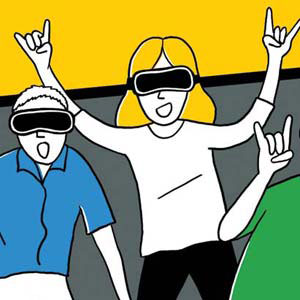
 Drue Wagner
Drue Wagner
UT is home to UT3D, the nation’s first-ever comprehensive 3-D production program. Since the fall of 2013, radio-television-film students have worked on 3-D narratives, sports features, documentaries, and more while being taught by leading filmmakers like Buzz Hays, who’s worked on Alice in Wonderland, Monster House, and Life of Pi.

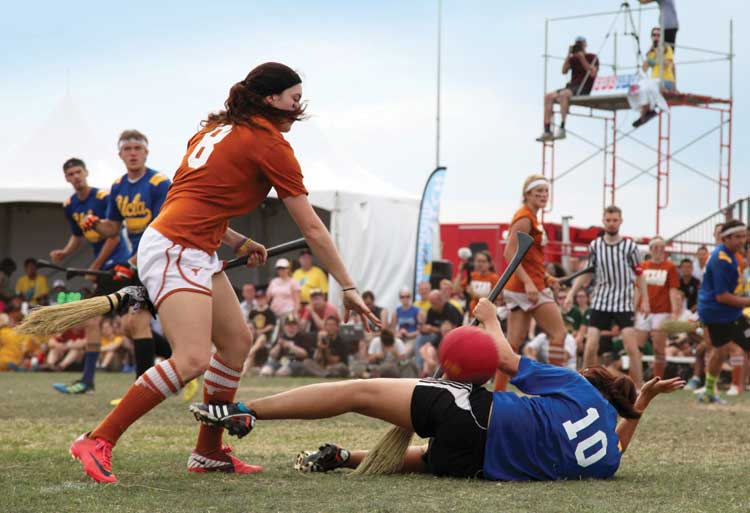 Annie Govekar
Annie Govekar
The Tower has been lit up for some pretty remarkable things. But recently it glowed orange for a sport that was, not so long ago, merely imaginative. Quidditch, the rugby-esque game inspired by Harry Potter novels and played with broomsticks, started as a small club at UT in 2009. It has now grown to nearly 100 members, with four intramural teams (appropriately named Gryffindor, Slytherin, Hufflepuff, and Ravenclaw), two traveling teams, and, count them, three national championship titles.
There are 500,000 Longhorns and counting, y’all. Just to put that in perspective: There are five times more UT alumni than there are people living in Aruba.
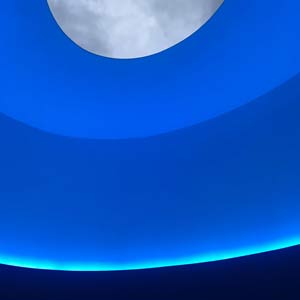
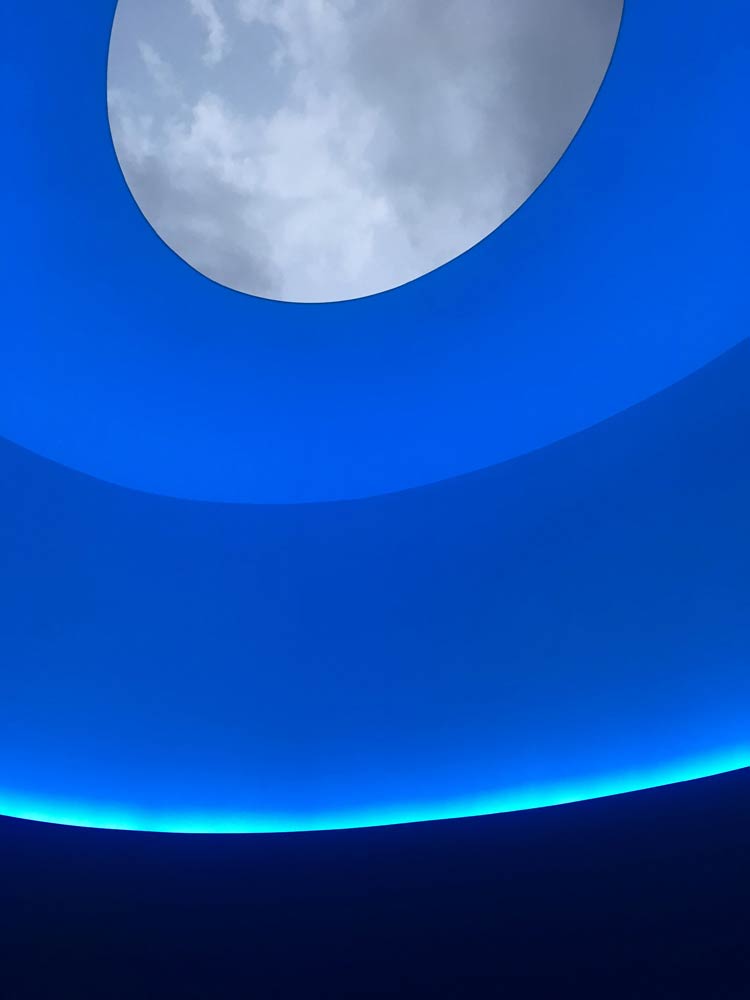 Sofia Sokolove
Sofia Sokolove
In 2008, UT’s student body was developing a building plan for the new Student Activity Center (SAC). On the students’ wish list? A “reflection room.” Meanwhile, Andrée Bober, BFA ’92, was launching Landmarks, a public art program that allocates 1 to 2 percent of the cost of new construction on campus buildings for artwork. The result? “The Color Inside,” a James Turrell skyspace on the top of the SAC. Although more than 80 of the iconic artist’s skyspaces are installed across the world, UT’s is one of only three public skyspaces in all of Texas. Landmarks has brought more than 40 works of modern and contemporary art to campus. And they aren’t the only ones bringing iconic artists to the Forty Acres. In 2015, Ellsworth Kelly gifted The Blanton Museum a design for a 2,715-square-foot stone building titled “Austin”—envisioned as a space for contemplation, it’s the first and only freestanding building the late artist ever designed.
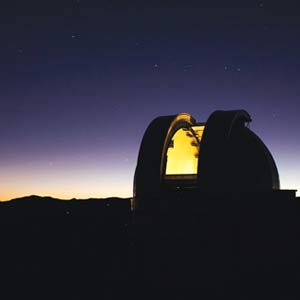
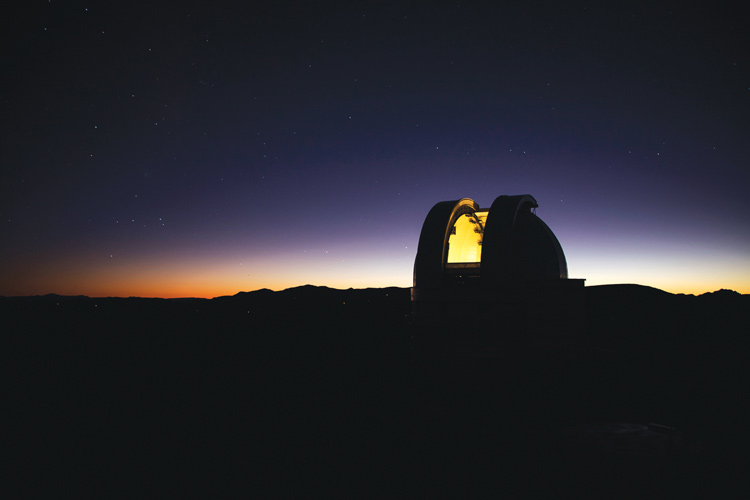 Anna Donlan
Anna Donlan
Nearly every night, up in the mountains of West Texas, dozens of people sit beneath some of the darkest skies in the U.S., staring at the stars. They’re part of a “Star Party” at McDonald Observatory, UT’s astronomical observatory that’s home to three major telescopes, including the third-largest in the world, the Hobby-Eberly. The observatory, which has stood just outside Fort Davis for more than 75 years, is one of the leading facilities in researching dark energy, the expansion of the universe, and black holes.
“We’re kind of a hidden part of UT,” says McDonald Observatory Director Taft Armandroff. “By bringing people out to the observatory and including students in the labs, it allows people to imagine how people would fit in this field and have a career and make a contribution. We’re creating brand new knowledge here. Understanding our universe tells us about ourselves and gives us a sense of where we are. I think as a society, that’s worth knowing.”
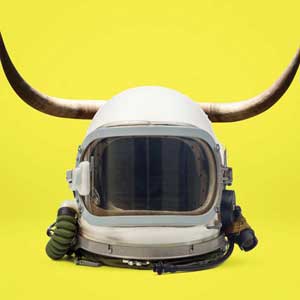
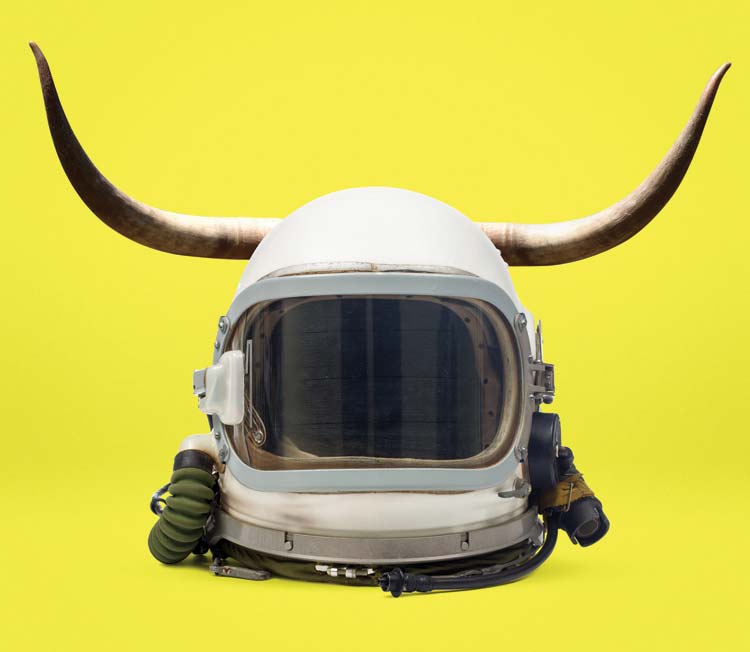 Edmon de Haro
Edmon de Haro
Longhorns have a storied history in space. A total of 12 alumni have worked as astronauts. Alan Bean, BS ’55, Life Member, was the fourth person ever to walk on the moon. In 1981, he resigned from NASA to pursue painting full time. He paints his experiences in space and adds moon dust to his creations. Robert Crippen, BS ’60, Life Member, piloted the first Space Shuttle flight and is a recipient of the Congressional Space Medal of Honor, the highest award given by NASA. Stephanie Wilson, MS ’92, the second African-American woman to go into space, flew on three Space Shuttle missions.
In total, Longhorns have spent more than 533 days in space.
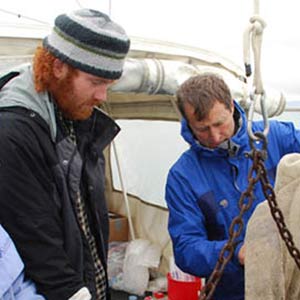
 College of Natural Sciences
College of Natural Sciences
Founded in 1941, the Marine Science Institute is the first truly permanent marine laboratory established in Texas. Located in Port Aransas, the institute has survived Hurricanes Carla, Beulah, Celia, and Allen. It’s the first place to have spawned redfish, flounder, croaker, and cobia in captivity; manages the third-largest estuarine reserve in the nation; and led the discovery that dispersants used to do damage control on the Deepwater Horizon oil spill are more toxic than oil alone.
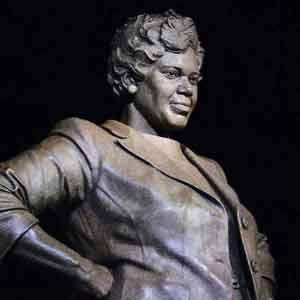
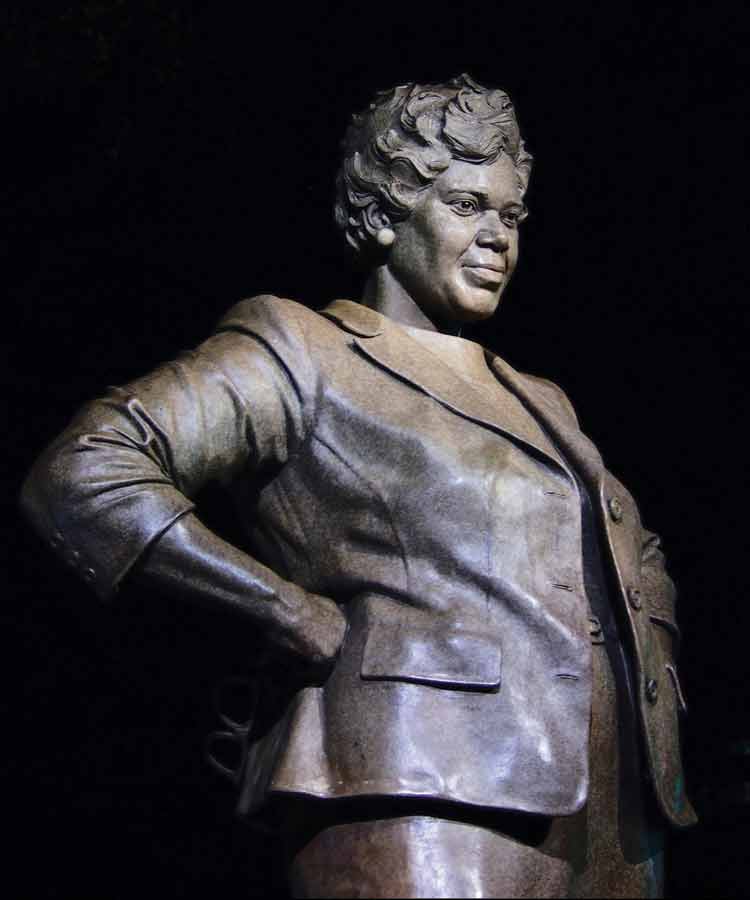 Marsha Miller
Marsha Miller
Throughout her life, Barbara Jordan was a person of firsts. In 1966, she became the first African-American woman to be elected to the Texas Legislature. In 1972, she was the first African-American woman from the South to be elected to the U.S. Congress. In 1976, Jordan was the first woman and first African-American to deliver the keynote address at the Democratic National Convention. And in 2009, her legacy was embedded into the UT campus when our statue of her became the first to depict a woman on the Forty Acres. “We are a people in a quandary about the present,” she said in the DNC speech. “We are a people in search of our future. We are people in search of a national community. We are a people trying not only to solve the problems of the present, but we are attempting on a larger scale to fulfill the promise of America.” After retiring from politics in 1979, the civil rights champion became an adjunct professor at UT in the Lyndon B. Johnson School of Public Affairs. When Jordan died in 1996, she was the first African-American woman buried in the Texas State Cemetery. Spearheaded by the 2002 tappee class of Orange Jackets, the Barbara Jordan Statue Project ensued and the bronze statue of her was unveiled.

 Hamza Butt/Flickr
Hamza Butt/Flickr
More than 30 years ago, Cockrell School of Engineering professor John Goodenough helped create the lithium ion battery, which powers everything from smartphones to cordless drills to electric cars. And now, at 94, he and a team of engineers have bested his invention by creating the first all-solid-state battery cells that could lead to safer, faster-charging and longer-lasting rechargeable batteries.

 Courtesy Facebook
Courtesy Facebook
From a small, white house off of Dean Keaton where J. Frank Dobie once lived, UT’s Michener Center for Writers has been churning out some of contemporary literature’s most influential writers of the past two decades. The graduate program—which is the most generous in the entire country, awarding $27,500 per student annually—boasts an impressive list of alumni that includes Pulitzer Prize finalist Philipp Meyer, MFA ’08.
UT is signed into existence by the original Texas Constitution, which refers to the school as a “university of the first class.” In fact, in 1917, the university was the root cause of the first Texas governor’s impeachment—Gov. Jim “Pa” Ferguson. He held hatred for UT and in his efforts to oust the then-current president, he inappropriately vetoed the university’s entire budget, inevitably leading to his impeachment.
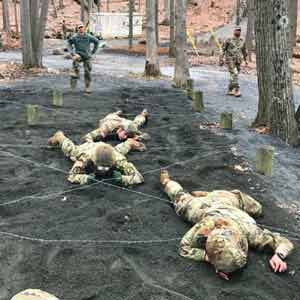
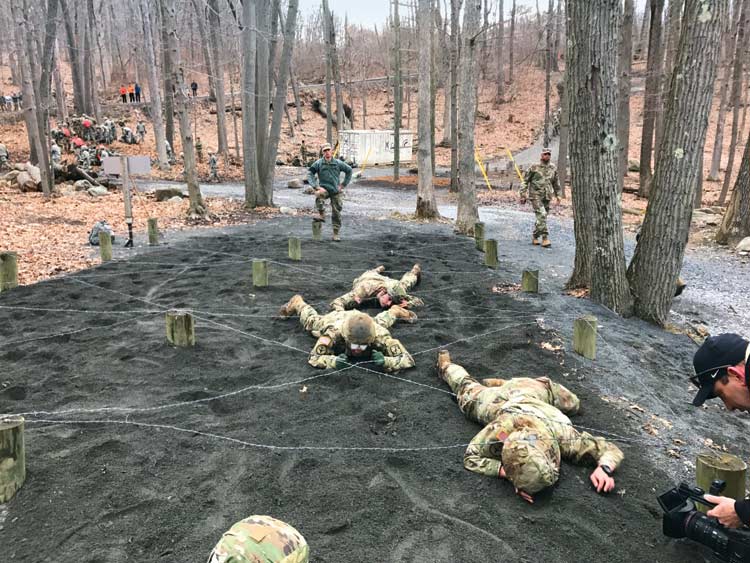 Harold Hamblet
Harold Hamblet
UT is the proud home of the No. 1 ROTC team in the nation. At this year’s 50th annual Sandhurst Military Skills Competition, UT ROTC competed in 11 events that tested soldier and leadership skills along a 25-mile course, eventually clinching first place.
Chancellor William McRaven was once part of the UT Naval ROTC. The now- four-star admiral oversaw the raid that took down Osama bin Laden.
In 1893, when Major George W. Littlefield built his home, he imported a deodar cedar, a tree unique for its horizontal branches. The now-massive tree still stands today next to the Littlefield House—it’s one of 4,829 trees that line the urban forest that is UT, which has been a leader in tree preservation. Before the expansion of Darrell K Royal-Texas Memorial Stadium in 2006, 16 trees were salvaged and moved elsewhere. When making plans for Duren Residence Hall in 2005, architects chose to build around the giant oak that stood in their way, making it a centerpiece of the dorm’s central plaza. More recently, trees have been saved and moved for construction of the Dell Medical School and Ellsworth Kelly’s public art piece. Campus trees have an estimated value of $25.4 million, one that only increases with age.
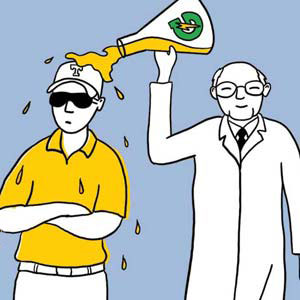
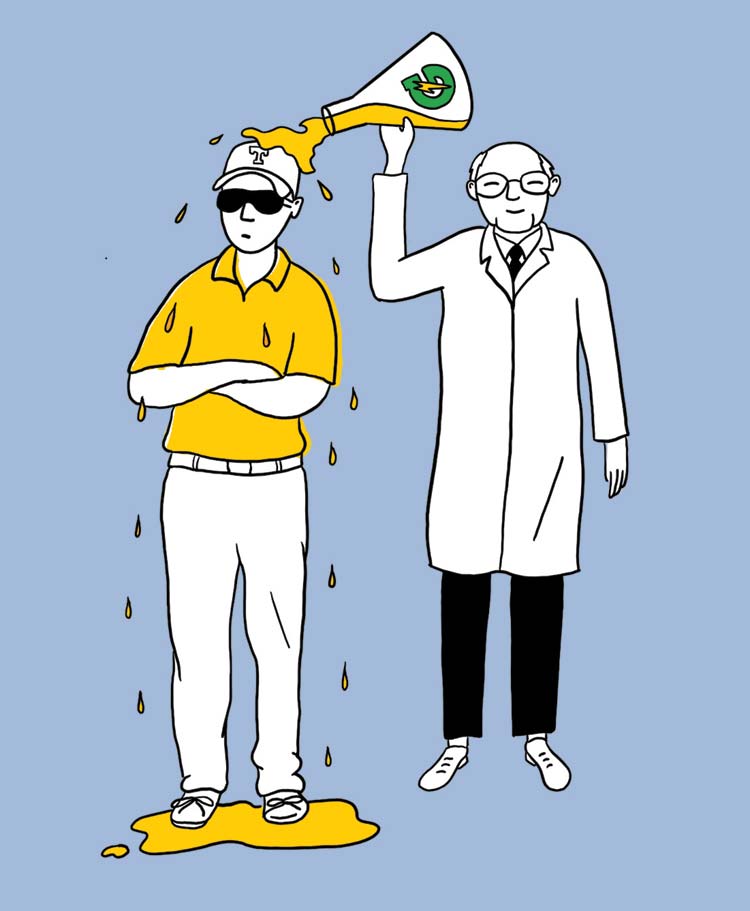 Drue Wagner
Drue Wagner
Most people associate Gatorade with the University of Florida, and with good reason. Invented for the school football team in 1965—the Gators—by a team led by UF nephrology professor Robert Cade, BA ’48, Life Member, the rehydration drink is now a worldwide player. By 2006, Gatorade had an 81 percent share of the $7.5 billion-a-year sports drink market in the U.S. Focused on the health benefits, Cade once remarked that he “never thought about the commercial market. The financial success of this stuff really surprised us.” But Cade, who died in 2007, was a fourth-generation Texan who grew up in San Antonio and finished his bachelor of arts degree at UT-Austin in just two years after serving in the Navy during World War II. He received his medical degree from UT Southwestern Medical School in 1954. If only he’d stayed on the Forty Acres, the multicolored liquid poured on unsuspecting winning coaches in big games might be called Hornade or Bevo’s Brew.
In 2012, UT became home to the first Black Studies Program to grant PhD degrees in the southern U.S.
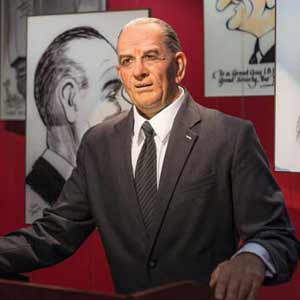
 Jay Godwin
Jay Godwin
Not every university can say they have a presidential library on their campus—but UT can. The 36th president himself dedicated the Lyndon Baines Johnson Library and Museum in May 1971, which houses more than 45 million pages of historical documents, 650,000 photos, and 5,000 hours of recordings from Johnson’s political career. From Mikhail Gorbachev to Barack Obama, many of the world’s leaders have walked the halls of the 30-acre site.
“This library will show the facts, not just the joy and triumphs, but the sorrow and failures, too.” —Lyndon B. Johnson
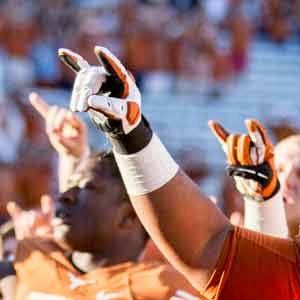
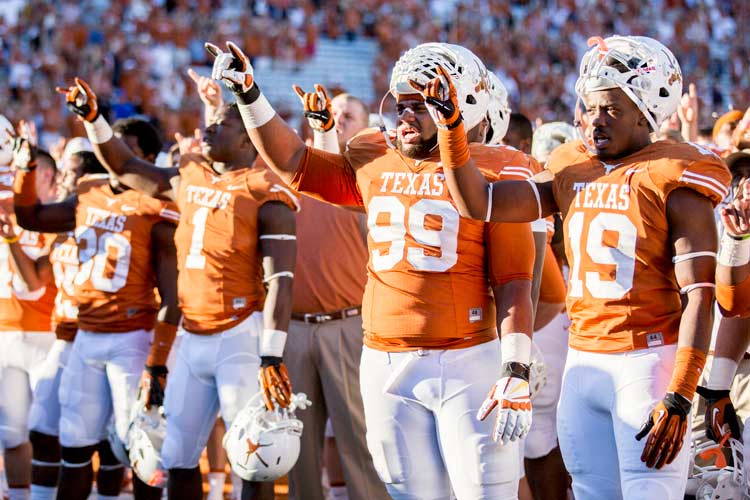 Courtesy UT
Courtesy UT
The hook ’em sign was a pioneer in college hand gestures, spurring other southern colleges to create their own. It was 1955 when head yell leader Harley Clark, BA ’57, MA ’60, LLB ’62, Life Member, was chatting with fellow classmate Henry “HK” Pitts, BA ’56, Life Member, who had a novel idea—extending your index and little fingers resembled a Longhorn. Though he hadn’t yet received approval from the university, Clark decided to introduce Pitt’s hand gesture at a UT pep rally, declaring “this is the official hand sign of the University of Texas, to be used whenever and wherever Longhorns gather.”
Founded in 1900 as a weekly, the entirely student-run and independent Daily Texan is now one of the largest college newspapers in the nation. From venerated broadcaster Walter Cronkite to Pulitzer Prize-winning cartoonist Berkeley Breathed, the Texan has springboarded countless UT-Austin students into journalism and the media writ large for more than a century. We spoke with editor-at-large of The Ringer, and former Texan associate editor Bryan Curtis, BA ’00, Life Member, about his old beat and the paper’s lasting impact on his life: “I was the junior man, so I had to write on Sunday when the rest of the staff was hungover. I wrote three editorials a week. One year, every time we wrote an editorial, it had a reproduction of our signature. I think it was to show our accountability, but I think it made us look like we thought we were the Founding Fathers. We were professionally suspicious of everything the administration did and everything fraternities did and everything the sports teams did. I don’t remember a lot of reflexive irony. I remember us taking our jobs very seriously. Even more than an actual, professional job.”

 Edmon de Haro
Edmon de Haro
Men’s swimming and diving broke seven NCAA records and three U.S. records at the NCAA Championships in March, moving them into No. 1. Head coach Eddie Reese, who has been at UT for 39 years, is the winningest coach in the sport’s history, with 13 NCAA titles to his name. He’s won the conference title every season since his second at UT. He’s also a three-time head coach of the U.S. Olympic men’s swimming team.
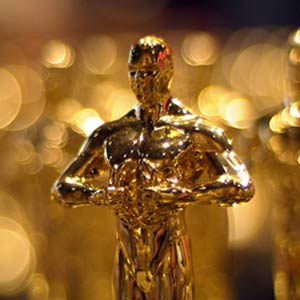
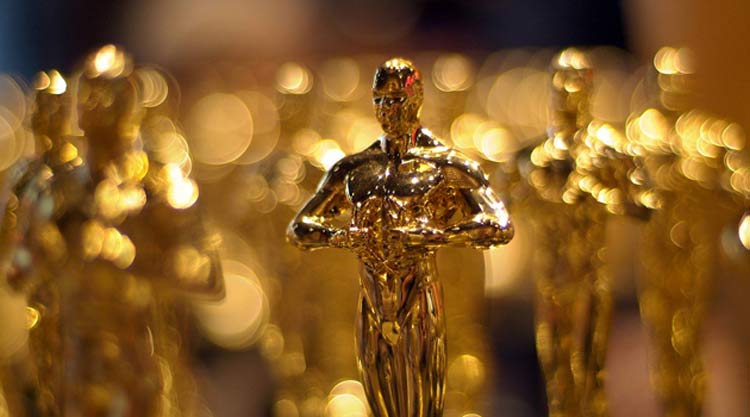 Lincolnblueson/Flickr
Lincolnblueson/Flickr
UT has been home to many men and women of the arts, several of whom have garnered top-tier recognition for their time in the spotlight. Here are several Longhorns who have gone on to achieve fame:
Marcia Gay Harden, BA ’80, Distinguished Alumna, won the Academy Award for Best Supporting Actress for her role in Pollock in 2001.
Matthew McConaughey, BS ’93, Life Member, Distinguished Alumnus, won the Academy Award for Best Actor in 2014 for his role in Dallas Buyers Club.
Renée Zellweger, BA ’92, won the Academy Award for Best Supporting Actress in 2004 for her role in Cold Mountain.
Janis Joplin, ’62, received the Grammy Lifetime Achievement Award in 2005.
Robert Schenkkan, BA ’75, Life Member, won a Tony for Best Play in 2014, for All the Way.
Kevin Adams, BFA ’84, has won three Tonys for Best Lighting Design in a Musical and one for Best Lighting Design in a Play.
In 2015, engineering professor Alan Bovik and his team of alumni—Zhou Wang, PhD ’01, and Hamid Sheikh, MS ’01, PhD ’04—and collaborators won the Primetime Engineering Emmy Award for Outstanding Achievement in Engineering Development with their formation of an algorithm that enhances video viewing called the Structural Similarity (SSIM) Video Quality Measurement Model.
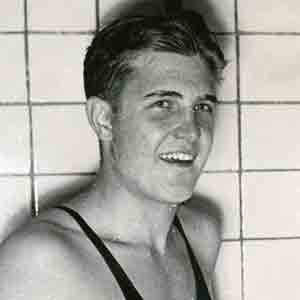
 UT Athletics
UT Athletics
Since UT student Adolf Kiefer (pictured) won gold in the 100-meter backstroke in 1936, Longhorns have garnered 144 Olympic medals. During the 2016 games in Rio, current and former UT students raked in 13 medals, 10 of which were gold. At those games, UT would have tied for seventh place among all nations in gold medals earned and 20th in terms of total medals won.
Longhorns have won a total of 144 Olympic medals.
When Mad Men creator Matthew Weiner visited the Harry Ransom Center for the museum’s exhibition The Making of Gone With the Wind, he was so impressed, he decided on the spot to donate the entire Mad Men archives to the center. The archives—which include show pieces in addition to scripts, notes, and research materials—joined an ever-growing, world-class collection at the humanities research library and museum on campus. Where else can you see the world’s first photograph, a suit worn by Don Draper, and one of the five complete copies of The Gutenberg Bible that exist in the United States, all in the same place?

 Drue Wagner
Drue Wagner
UT’s mascot, Bevo, is one of the most recognizable in college sports and, with some of the 15 longhorn steers who have served the role tipping the scales at almost a ton, he’s one of the largest live college mascots in the country. After a litany of unruly steers, the seventh iteration became the first truly beloved mascot to fill this role, presiding over three national championships and 11 conference championships—coincidentally, his reign coincided with that of venerated head football coach Darrell K Royal—and remaining calm when the dastardly Aggies kidnapped him in 1963. But it wasn’t until Bevo XIII that the steer’s star really shone, making an appearance at George W. Bush’s 2001 presidential inauguration. Not to be outdone, his successor, Bevo XIV, followed in his hoofprints to D.C. in 2005 for Bush’s second term inaugural ball, was visited on his ranch by Matthew McConaughey, blessed by a priest, and, in December 2014, featured on a five-hour Longhorn Network segment in the style of the “Yule Log,” in which viewers stared hypnotically while the mascot grazed on his ranch set to Christmas music.
With some of the 15 Longhorn steers who have served the role tipping the scales at almost a ton, Bevo is one of the largest live college mascots in the country.

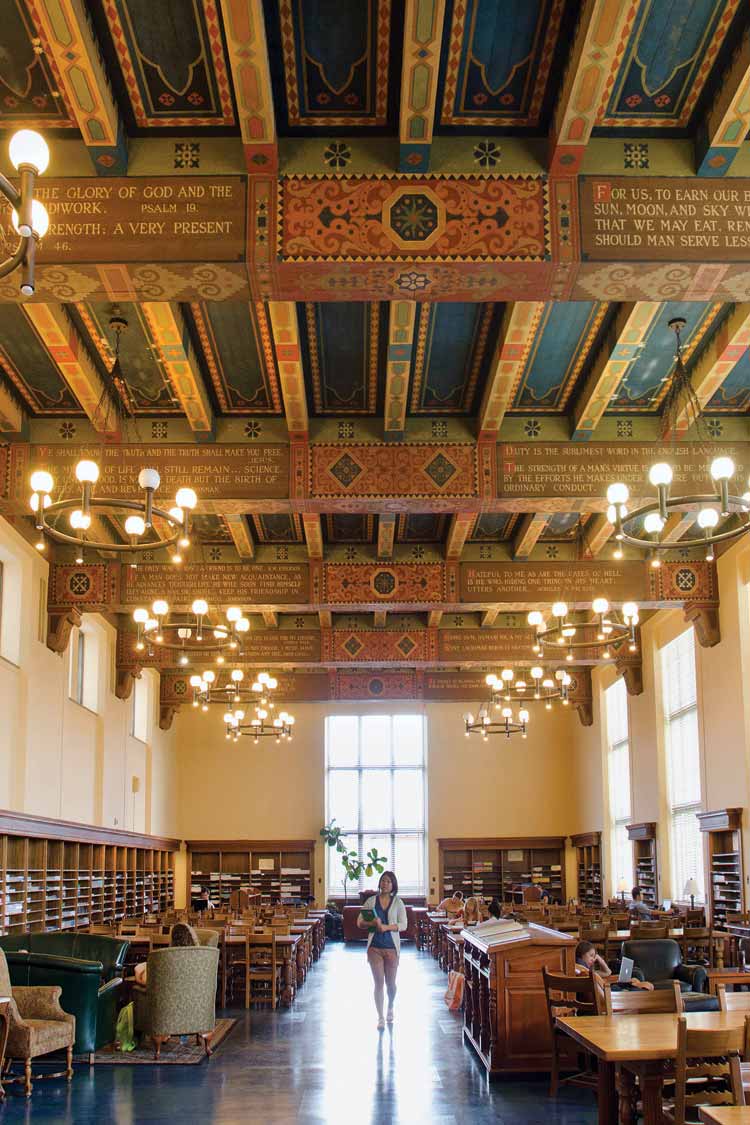 Marsha Miller
Marsha Miller
The campus maintains 17 libraries across the Forty Acres. In total, these quiet halls house more than 10 million volumes. Some libraries are scholarly sanctuaries, like the Architecture and Planning Library and the Life Science Library, with their ornately detailed, high ceilings and massive windows. Many fill specific niches, like the Benson Latin American Collection and the Marine Science Library, while the Perry-Castañeda Library is a six-story hub of student activity, holding books in all fields of study.
From Tom C. Clark , BA ’21, LLB ’22, Life Member, who was the U.S. attorney general from 1945-49 to current Secretary of State Rex Tillerson, BS ’75, Life Member, 11 Longhorns have held cabinet positions in the White House. Can a Longhorn president be that far away?
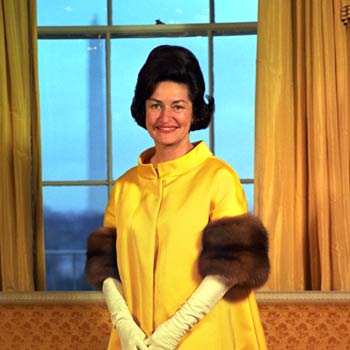
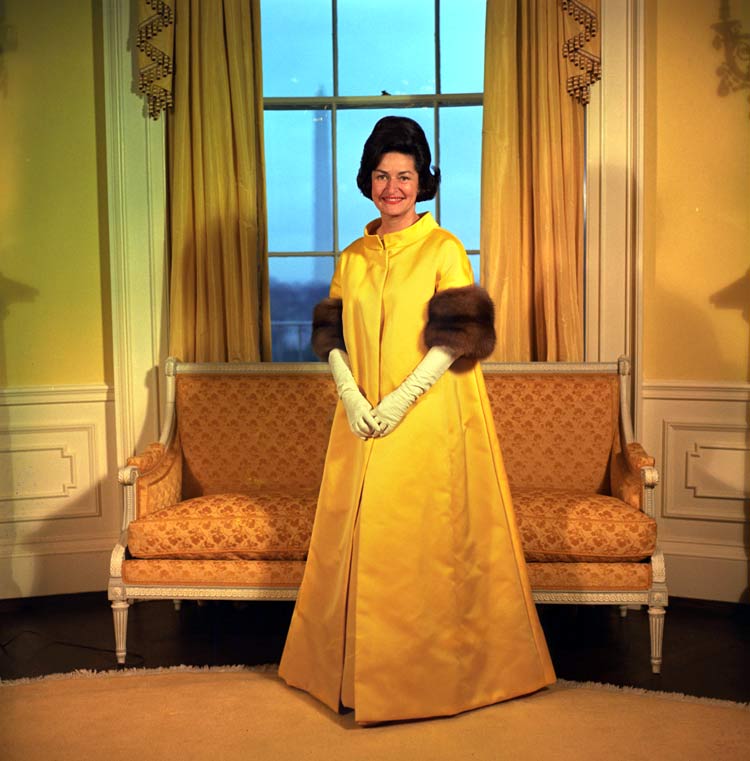 LBJ Library
LBJ Library
Although we’ve never had a president from UT, we take pride in having had two first ladies who bleed burnt orange. The first was Lady Bird Johnson, BA ’33, BJ ’34, BLit ’64, Life Member, from 1963-69. She was an advocate for beautifying the nation’s cities and highways and also received the Presidential Medal of Freedom and the Congressional Gold Medal. Then from 2001-09, Laura Bush, MLIS ’73, was the first lady, focusing on education and literacy.
Longhorn and First Lady Laura Bush founded the Texas Book Festival in 1995 and later launched the National Book Festival.

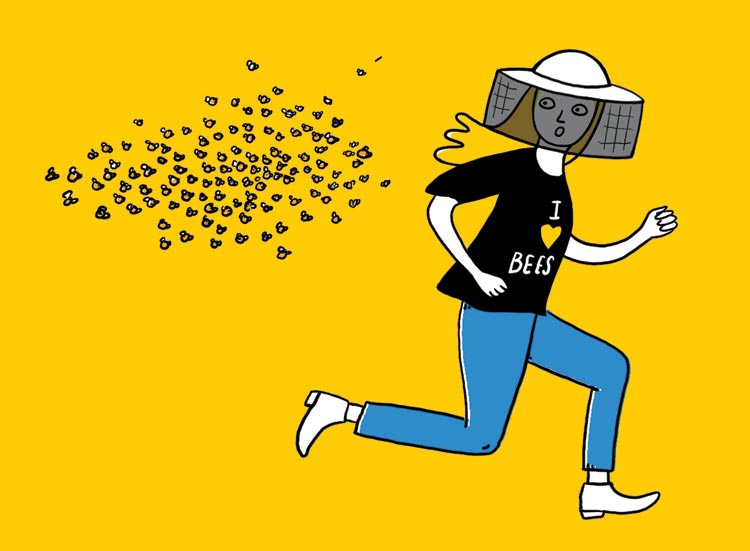 Drue Wagner
Drue Wagner
Campus is booming with 1,300 student organizations—and no two are alike. C.A.K.E. Club, or Canoeing and Kayaking Enthusiasts, is a haven for students who like to spend an afternoon meandering down Lady Bird Lake. Aspiring beekeepers find refuge in BEEVO Beekeeping Society, where students can take part in hands-on honeybee colony maintenance. And fiction writers can meet up with fellow lovers of the craft as members of the aptly named group: All-Write, All-Write, All-Write.
Did you know UT owns not one, but two radio stations? For nearly 60 years, Austin’s NPR station, KUT, has been located on campus, keeping Central Texans informed with news coverage, documentary-style projects, and musical programming. Then, in 2013, the station split in two, forming KUTX, dedicated to serving listeners with “the Austin music experience.”

 NASA/JPL-Caltech
NASA/JPL-Caltech
Since the Gravity Recovery and Climate Experiment (GRACE) launched in 2002, UT-Austin’s Center for Space Research has directed the project for NASA. An unprecedented mission, GRACE was only supposed to be in space for five years. But a team of engineers from NASA, the German Aerospace Center, and UT-Austin’s Cockrell School of Engineering has kept the twin satellite mission in space far past its expiration date, collecting valuable data for drought monitoring and disaster prevention and forecasting.
Our pursuit for knowledge has taken us to both poles. On an expedition to Svalbard, Norway, just 800 miles from the North Pole, graduate students and professors spent a week studying the unique geology of the remote Arctic island chain in freezing temperatures during days filled with nearly 24 hours of sunlight. Quite a bit further south, UT paleontologists have explored Antarctica searching for fossils that show signs of prehistoric life.

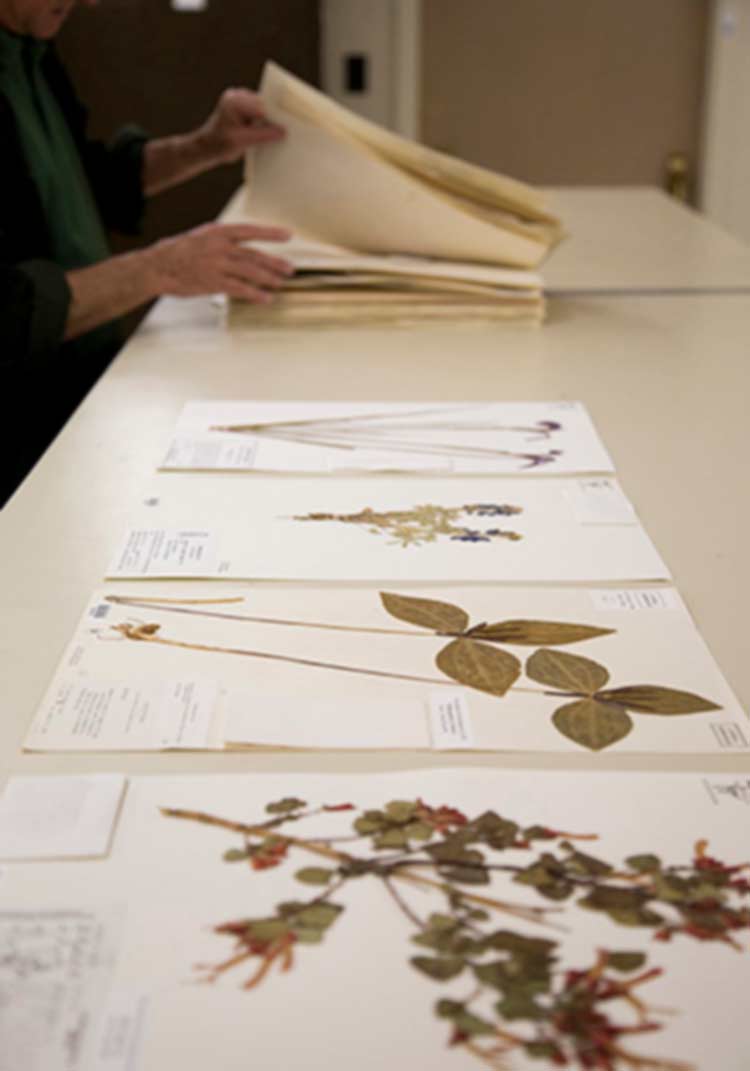 Anna Donlan
Anna Donlan
Over 1 million specimens have been collected since the creation of UT’s Plant Resources Center in the 1890s. Adding nearly 10,000 new items each year, the Plant Resources Center, located in the Tower, is now the fifth-largest university herbarium in the U.S.

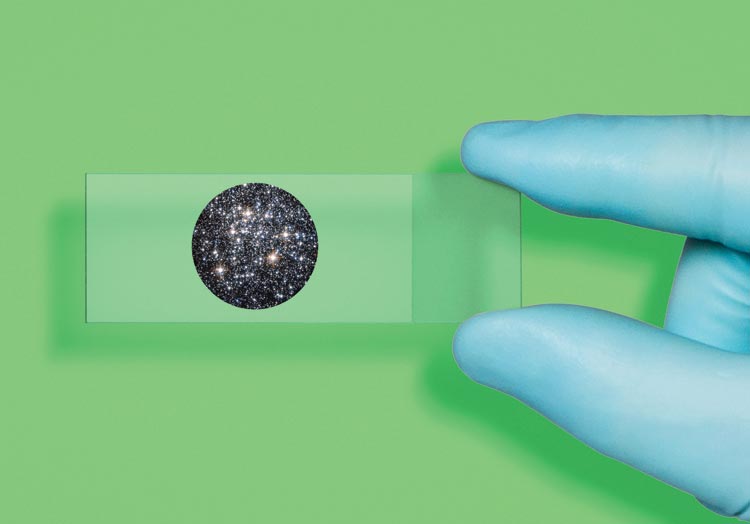 Edmon De Haro
Edmon De Haro
Beneath the surface of the UT campus, scientists create the dense matter found at the center of stars and investigate nuclear fusion, which powers the sun. Until the record was surpassed in 2015 by a laser in Japan, the Texas Petawatt Laser produced the most powerful laser pulse in the world. With this intensely focused laser, the facility conducts research on out-of-this-world matter with high energy densities and ultra-high electromagnetic fields. Housed in a 1,500-square-foot cleanroom, the laser continues to be one of the most impressive technologies UT has to offer.
The Forty Acres isn’t just a sanctuary for students and academics—it’s also a reptilian retreat. Nearly 50 turtles call the iconic Turtle Pond—a campus staple since the 1930s—home.
The accolades for UT pour in every year, but lately our rankings are sitting pretty. Nationally, UT is ranked as the No. 13 Best-Value Public College and No. 18 Best Public College. More than 50 of our programs are ranked among the best in the nation too, including our undergraduate business program at No. 6 and undergraduate engineering program at No. 11. All of this takes place in Austin which happens to be the No. 1 best place to live in the U.S. It’s also worth noting we’re ranked No. 6 when it comes to graduates with the highest starting salaries.
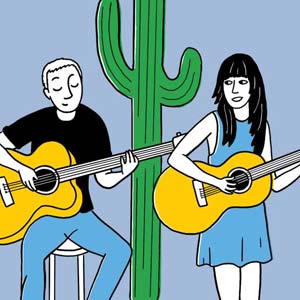
 Drue Wagner
Drue Wagner
UT couldn’t call Austin home if it didn’t have its very own music legend—the Cactus Cafe. Since 1979, the live music venue has welcomed audiences of all kinds inside the Texas Union. Artists who’ve graced the Cactus Cafe’s stage include Townes Van Zandt, Lucinda Williams, Lyle Lovett, the Dixie Chicks, and many more. Billboard magazine once listed the Cactus as one of 15 “solidly respected, savvy clubs” nationwide “from which careers can be cut, that work with proven names and new faces.”
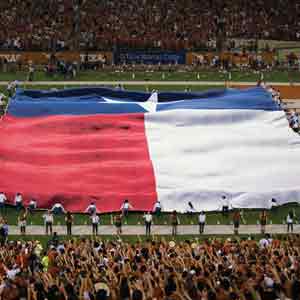
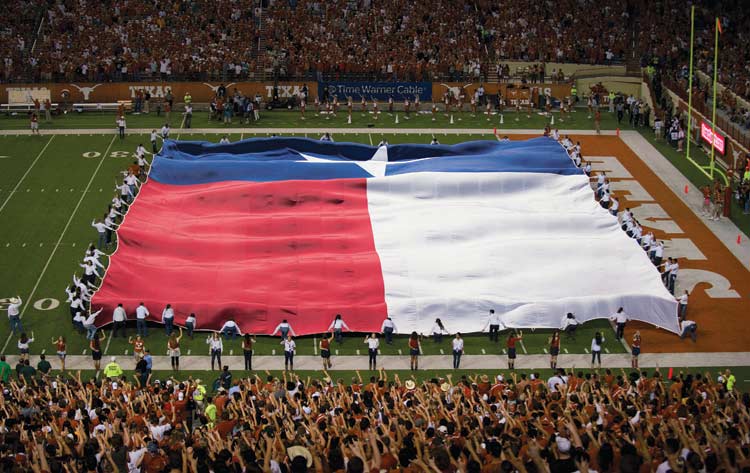 UT Athletics
UT Athletics
Many Longhorn football fans know that UT owns the world’s largest Texas flag. At every home game and the annual Texas-OU game in Dallas, members of UT’s co-ed service fraternity Alpha Phi Omega (APO) run the flag onto the field. Measuring 100 feet in width and 150 feet in length, the field flag is a Texas tradition. If you’re thinking you might be in possession of, say, the second-largest Texas flag, or even the third-largest, you’re probably mistaken—APO says they own all three. The drop flag, used for pep rallies, measures 75 feet by 125 feet, and the parade flag, at 30 feet by 50 feet, are also flown by APO.

 UT Farm Stand
UT Farm Stand
The Division of Housing and Food Service at UT likes to say they “bleed green.” In addition to supporting eco-friendly initiatives at all DHFS locations on campus, all kitchens and dining facilities both recycle and compost. And in 2016, working with a student group, the DHFS launched a UT Farm Stand, a pop-up market featuring locally grown fresh fruit, produce, and more, often marked at a cheaper price than at grocery stores.
UT’s Center for Sports Leadership and Innovation (CSLI) is a first-of-its-kind program that bridges the gap between the athletics department and the academic side of the university. Formed in December 2014 and led by Daron Roberts, BA ’01, Life Member, CSLI was created, in his words, “to leverage our stature as a premier research and sports institution and enhance the character development of young student-athletes.” The CSLI and UT Athletics created a financial literacy course offered to all students and mandatory for all student-athletes enrolled at UT after the summer of 2016.